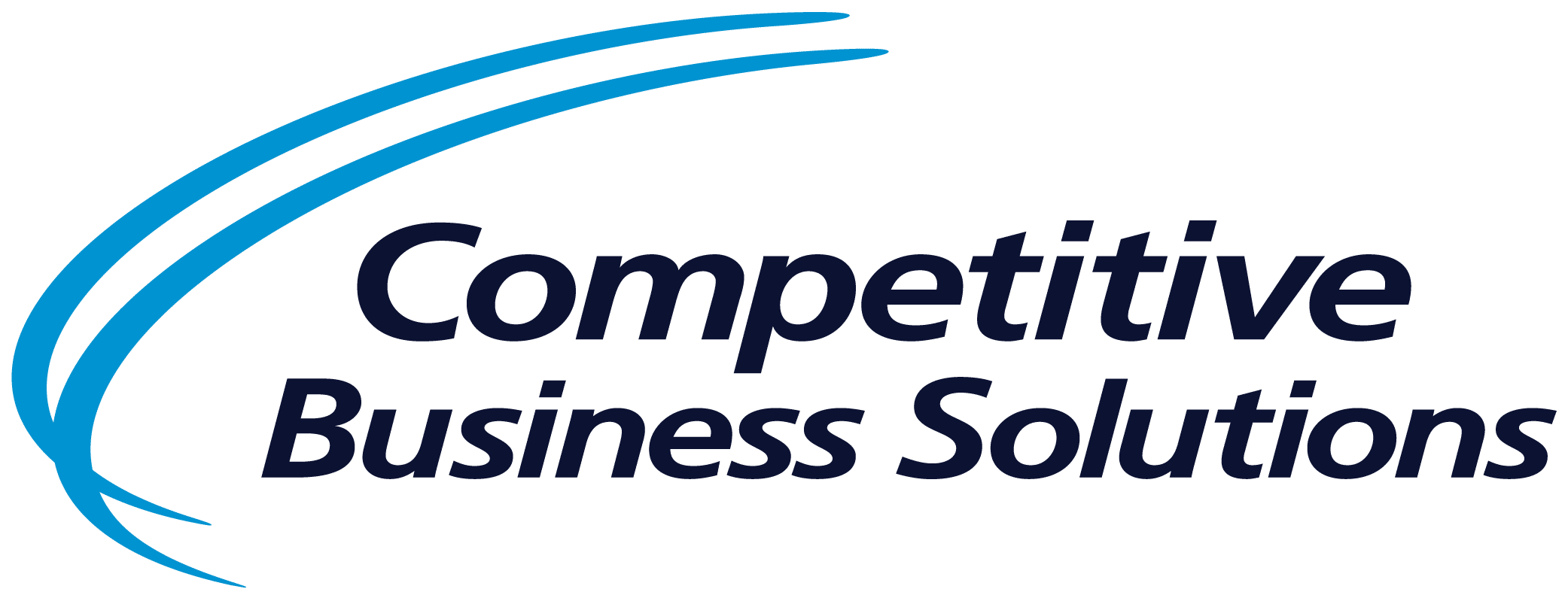Supply chain management, traditionally, has been a complex negotiation process between customers, vendors, and suppliers. This intricate dance of agreeing on specifications, requirements, delivery, parts, and more results in a delivery schedule that customers rely on for their production needs. However, this system is not without its flaws.
Last-minute disruptions can occur when vendors fail to deliver on time or provide inadequate information about potential delays. These disruptions can cause significant issues for customers, affecting their production lines and overall business operations. This traditional model has proven to be less reliable than desired, especially in the face of unforeseen circumstances like the COVID-19 pandemic.
Fortunately, there are innovative solutions emerging in the form of nontraditional supply chain management tools that aim to create more certainty in this critical business process.
The Push for Transparency and Resiliency
In recent years, there’s been a significant push toward creating more transparency within supply chains. The goal is to understand where a company is in the process of delivering products and whether their suppliers have sufficient material supply and delivery commitments to meet each level of delivery.
Here at CBS, we have developed a standard set of tools that offer this much-needed supply chain transparency. These tools are designed to provide visibility at both customer and supplier levels, showing whether suppliers are positioned in terms of supply to meet their requirements.
The disruption caused by COVID-19 in economies worldwide has highlighted the need for these tools. However, supply shortages and key component issues were already causing problems in meeting market demand in sectors like aerospace and many others long before the pandemic.
Aside from transparency, another crucial concept for modern supply chain management is resiliency. Building a resilient supply chain might mean having multiple vendors, standardizing unique designs for better supply opportunities, or keeping stock reserves.
Applying Nontraditional Supply Chain Management
Implementing transparency and resiliency in your supply chain management can significantly enhance your company’s ability to meet customer demands and expectations. Here’s how you can apply these concepts using our innovative tools:
- Embrace Transparency: With our tools, you can see where your suppliers stand in terms of meeting their requirements. This visibility will allow you to plan better and react proactively to any potential disruptions.
- Build Resilience: Our tools also enable you to diversify your vendor base, standardize designs for more accessible supplies, and manage stock reserves efficiently. These measures will make your supply chain more robust and adaptable to changes.
- Leverage Technology: The use of advanced technologies in our tools allows real-time tracking and data analysis, offering you invaluable insights into your supply chain. These insights can help you make data-driven decisions and improve your supply chain efficiency.
Nontraditional supply chain management, especially when we’re speaking directly about transparency and resiliency, offers a promising solution to the inherent uncertainties of the traditional model. By embracing these new tools and processes, businesses can create a more reliable and efficient supply chain, ultimately leading to improved customer satisfaction and business success.



